If there is a problem with identifying a traditional recipe for paella then it is the fact that the dish originated in a very small area around the Albufera lagoon, just south of Valencia, where the Carrera de la Reina pauses for breath before tipping into the Mediterranean Sea. Once folks from other areas took it home with them, the ingredients changed depending on locally available produce. Then we end up with the same issue that besets identification of many peasant dishes – everyone’s mama makes the definitive version, and yet every recipe is different.
And if you dare to get paella wrong in an Internet setting, then you are in a world of Spanish shit. The most famous paellagate of all came in October 2016 when British chef Jamie Oliver decided to post his version of paella that “combined chicken with chorizo.”
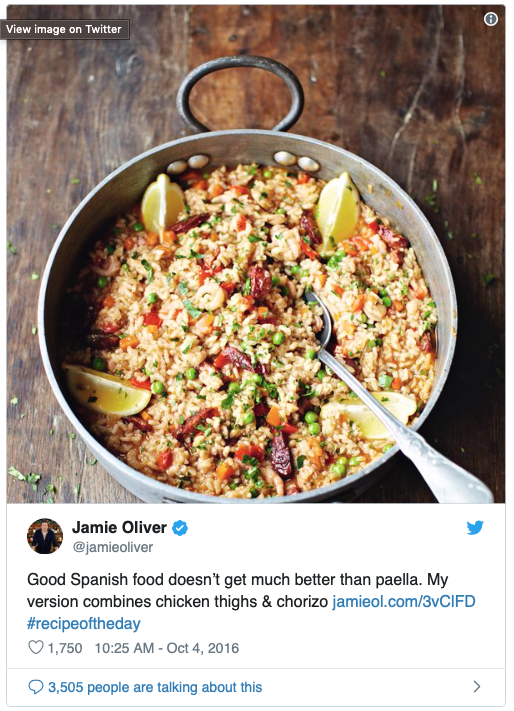
The response from the Spanish was as hilarious as is was merciless. Their principal problem was the addition of the sausage:
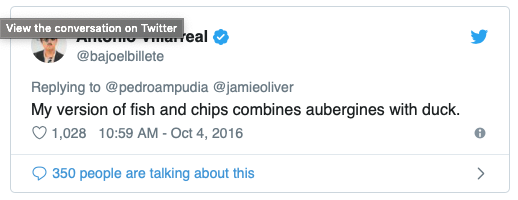
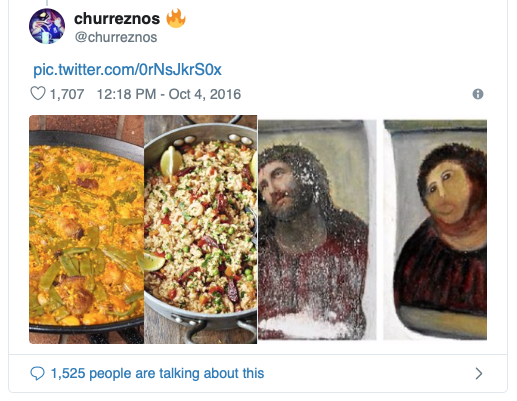
For these reasons, The Nosey Chef was very hesitant to tackle paella. We had not been to Valencia, we had not been in Spain for a while, and we had no trips planned. Thankfully, authenticity hound Josh Greenfield of Brothers Green Eats had been to Valencia in 2018 and had done the necessary forensics on it. Sufficient Spaniards had responded in the positive for us to be sure that the version of paella Valenciana he cooked was the real deal. We were later able to cross check it with a friend who has a Spanish relative, and it’s all 5×5.
Rice, of course, is not native to Spain. Nor is it native to Italy, where the paddys of the Po valley provide short-grain rice for risotto. It was the Spanish who gave rice to the Italians, but the it was the Moors piling over the water from Morocco who introduced it to Spain. After the first rice was planted in Spain around the 8th Century, it took about 200 years for the Valencians to start cultivating it. The low-lying water of the Albufera lagoon provided a ready source of water for irrigation, and rivulets of water extend outward from the lagoon to irrigate an area roughly four times the size of the original lake.
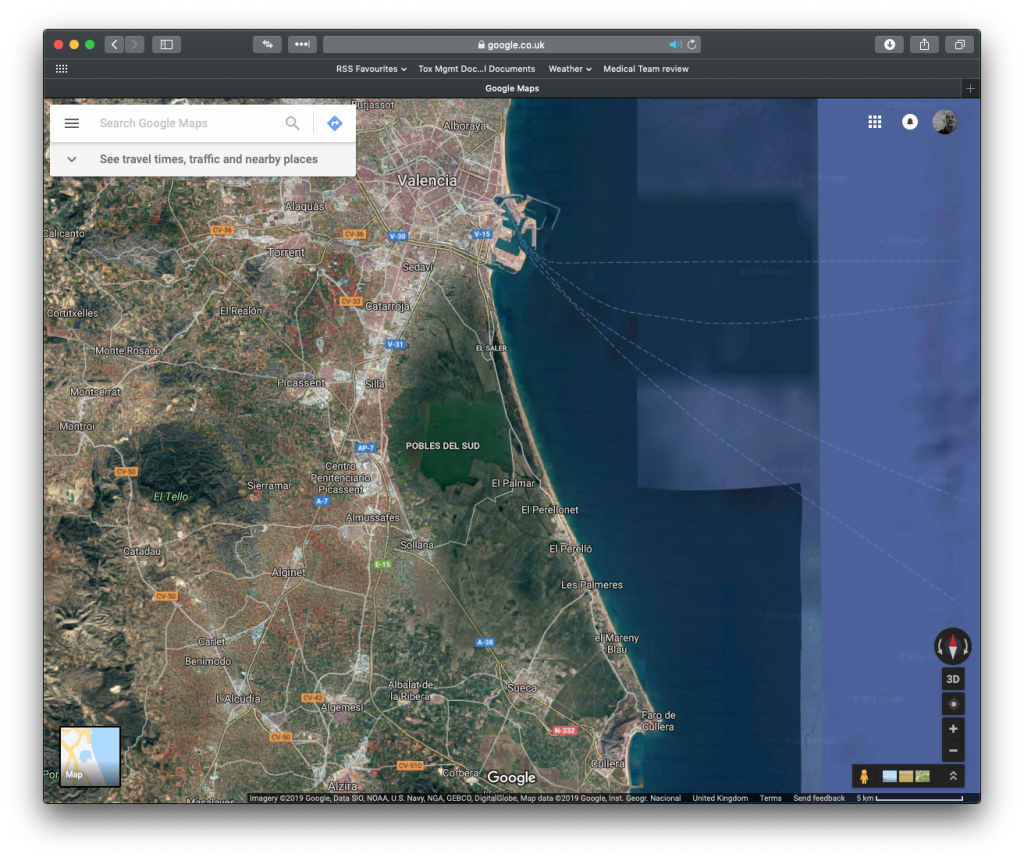
The farmers working the paddys would use the rice to make their midday meal. They would gather snails from the surrounding land, add beans and freshly caught rabbit (Spain is named for ‘Ispania‘ – the Moorish term for ‘land of the rabbits.’) If they were feeling flush, then chicken might end up in the pot. The whole thing was cooked up in a wide pan known as a ‘paella,’ and the farmers would eat straight from the pan with their own wooden spoons. Paella is still served this way today.
Any variations of paella produced in Spain, particularly those that are big on seafood, are derivations of the Valencian original; however, all of them are ‘traditional’ in their own sense. Just don’t add chorizo.
Paella Valenciana
Ingredients
- 600g mixed joints of chicken thighs (off bone and chunked), rabbit (bone in) and duck (off bone and chunked).
- 2 tbsp olive oil
- 1 onion, chopped
- 2 cloves of garlic, chopped
- 2 handfuls of green beans, topped, tailed and halved (or a couple of handfuls of frozen garden peas, defrosted)
- 2 tbsp smoked paprika
- 225g passata or canned chopped tomatoes
- 900ml warm chicken stock (have some more handy in case you need it)
- A few strands of saffron
- 350g medium/short grain rice
- 12 or so large, raw prawns or shrimp – these are optional, and the original would have used shelled, blanched snails instead (great if you can get those or gather your own)
- Sea salt and freshly ground black pepper
Instructions
Add the saffron to the stock to infuse it.
Heat the oil in a large, round pan (a 'paella' is the real deal, but a large sauté pan will do the job).
Fry the meat on medium until lightly browned. Push the meat off to one side of the pan.
Put the onion in the free pan space and cook until softened. Add the garlic and cook for one minute longer. Add the beans/peas and cooked for a minute or so. Add the paprika and cook a little longer to release the aroma.
Add the passata, stir through and warm to simmering. Do the same with the saffron-infused stock. Check seasoning.
Add the rice, and cook with a loose foil cartouche for about 10 mins. Add the prawns on top, re-cover and cook for another 10–15 mins until the rice is cooked. Occasional stirring can help a bit, but you want to keep that to a minimum or you will release the starch from the rice. You are looking for a finished dish where there is very little residual stock, and the rice is cooked. If the dish gets too dry before the rice is cooked, add more warm stock by the ladle.
Once cooked, plonk the pan in the middle of the table and let everyone have at it. The crispy bits on the bottom are the most prized morsels.



 (3 votes, average: 4.67 out of 5)
(3 votes, average: 4.67 out of 5)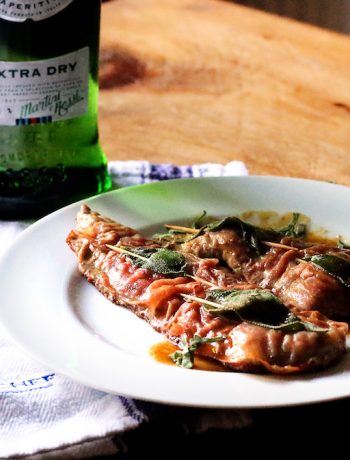
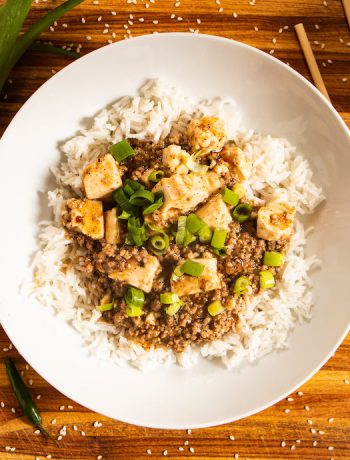
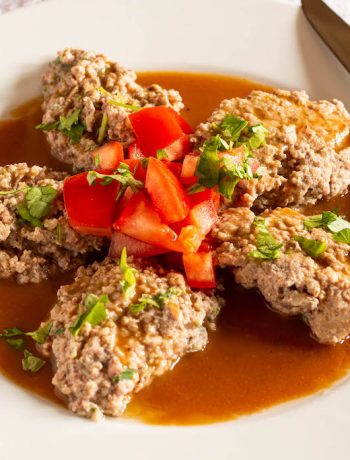
No Comments